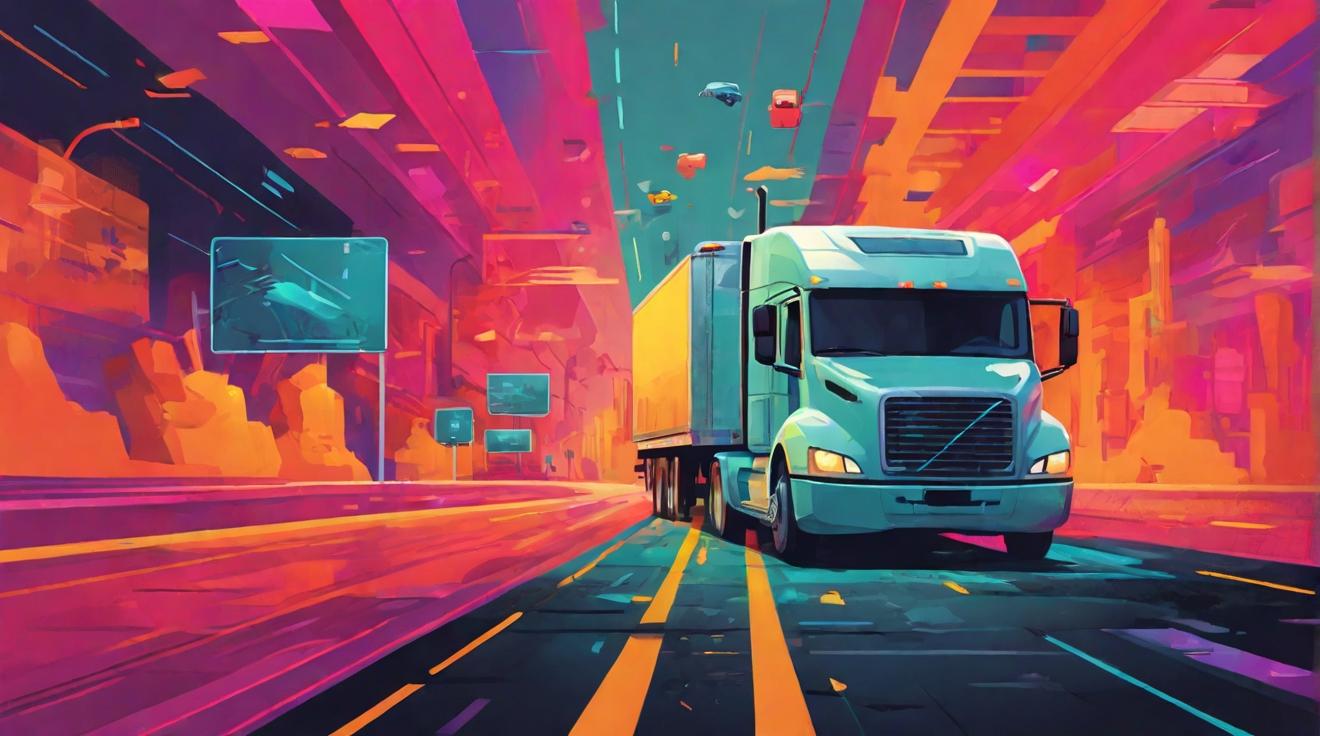Adobe Illustrator: Dominance Threatened by Affinity Designer’s Rise?
For years, Adobe Illustrator has been the go-to graphic design software for professionals around the world. Its robust features and extensive capabilities have made it the industry standard. However, in recent years, a new contender has emerged – Affinity Designer. This software has quickly gained popularity among designers, threatening to dethrone Adobe Illustrator from its dominant position. In this article, we will analyze the strengths and weaknesses of both Adobe Illustrator and Affinity Designer, and examine their user interfaces to determine which software reigns supreme in the world of graphic design.
The Battle of Design Giants: Analyzing Adobe Illustrator and Affinity Designer
Adobe Illustrator has long been synonymous with graphic design. Its wide range of tools and features, such as the pen tool, anchor points, and shape building capabilities, have made it a favorite among professionals. Its integration with other Adobe Creative Cloud applications, such as Photoshop and InDesign, also adds to its appeal. On the other hand, Affinity Designer has been gaining traction as a powerful alternative. It offers similar functionality, with a focus on ease of use and a more affordable price tag. As both software continue to evolve and improve, the battle between these design giants is intensifying.
Strengths and Weaknesses: A SWOT Analysis of Adobe Illustrator
Adobe Illustrator has several strengths that have contributed to its dominance in the graphic design industry. Its extensive toolset, including features like image tracing, pattern creation, and custom brushes, allows for limitless creative possibilities. The software also excels in its ability to handle complex vector graphics, making it ideal for logo design, icon creation, and illustration work. However, Adobe Illustrator is not without its weaknesses. The software has a steep learning curve, which can be daunting for beginners. Additionally, its subscription-based pricing model may deter some users who are looking for a more cost-effective solution.
Affinity Designer: A Viable Contender to Adobe Illustrator’s Throne?
Affinity Designer has emerged as a strong contender to Adobe Illustrator’s throne. This software offers a range of features that rival those of Adobe Illustrator, including robust vector editing tools, advanced typography capabilities, and seamless PSD import/export. One of Affinity Designer’s key strengths is its affordability. Unlike Adobe Illustrator, which requires a monthly subscription, Affinity Designer has a one-time purchase fee, making it a more budget-friendly option. However, Affinity Designer still has some room for improvement. While it offers a comprehensive set of features, it may not have the same level of sophistication and depth as Adobe Illustrator.
User Interface Showdown: Comparing Adobe Illustrator and Affinity Designer
When it comes to user interface, both Adobe Illustrator and Affinity Designer have their own unique approaches. Adobe Illustrator has a familiar interface that is consistent with other Adobe Creative Cloud applications, making it easy for users to navigate and find the tools they need. On the other hand, Affinity Designer takes a more minimalist approach, with a clean and intuitive interface. This simplicity may be appealing to users who prefer a clutter-free workspace. Ultimately, the choice between Adobe Illustrator and Affinity Designer may come down to personal preference and familiarity with the software.
In conclusion, while Adobe Illustrator has long reigned supreme in the world of graphic design, Affinity Designer is a viable contender that is threatening its dominance. Both software have their own strengths and weaknesses, and the battle between these design giants is far from over. As the graphic design industry continues to evolve, it will be interesting to see how these two software continue to innovate and compete for the top spot. Whether you choose Adobe Illustrator or Affinity Designer, one thing is clear – graphic designers have more options than ever before.













